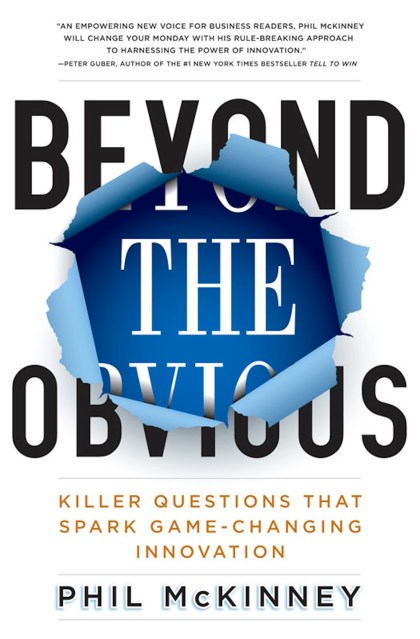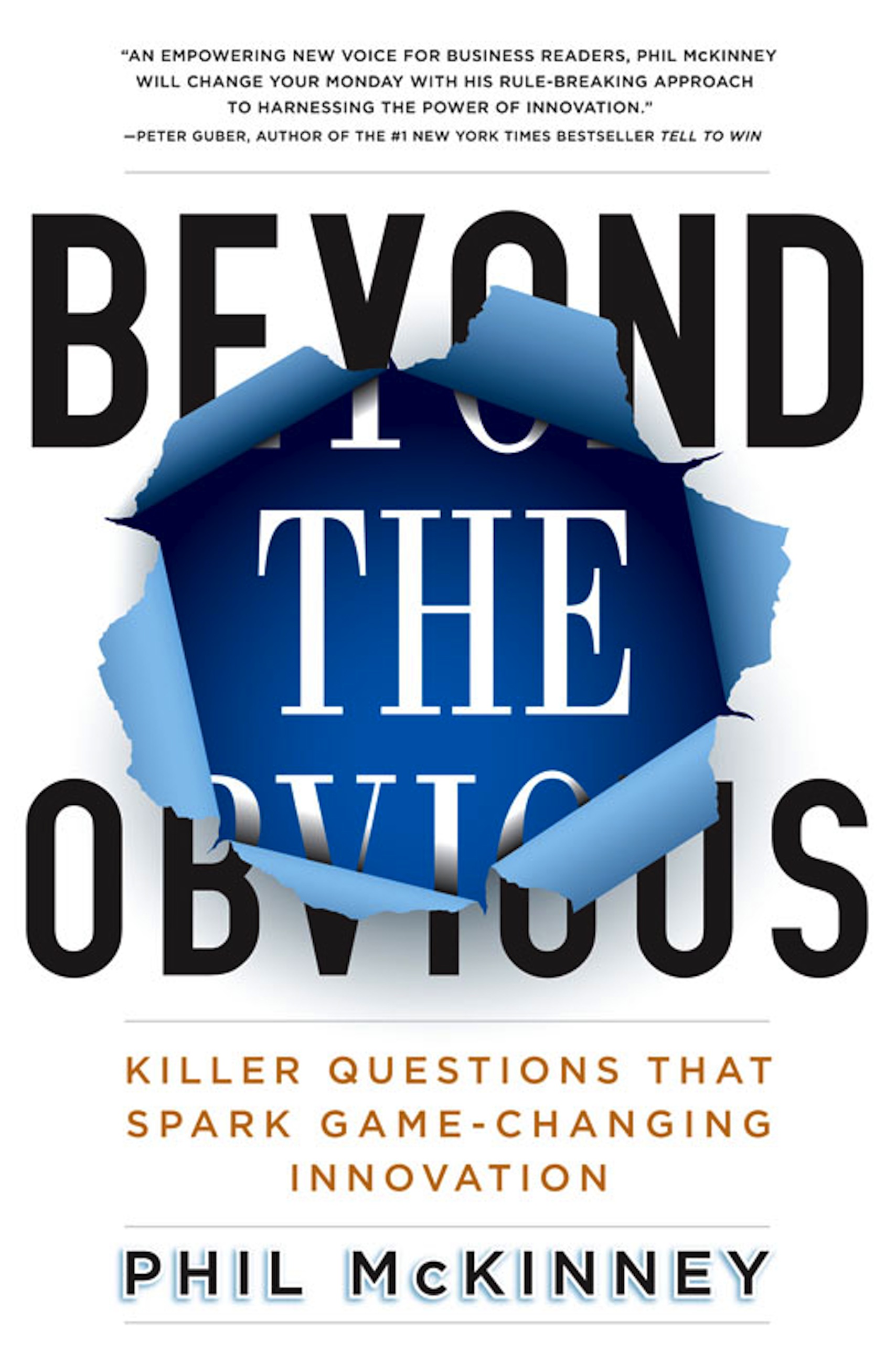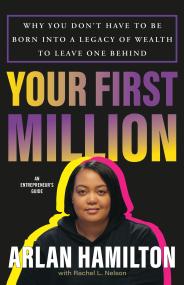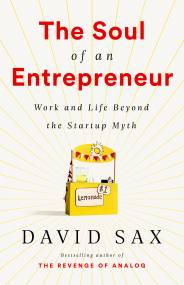Promotion
Use code MOM24 for 20% off site wide + free shipping over $45
Beyond the Obvious
Killer Questions That Spark Game-Changing Innovation
Contributors
Formats and Prices
Price
$14.99Price
$19.99 CADFormat
Format:
- ebook $14.99 $19.99 CAD
- Hardcover $36.00 $46.00 CAD
This item is a preorder. Your payment method will be charged immediately, and the product is expected to ship on or around February 7, 2012. This date is subject to change due to shipping delays beyond our control.
Also available from:
- What are the rules and assumptions my industry operates under? What if the opposite were true?
- What will be the buying criteria used by my customer in 5 years?
- What are my unshakable beliefs about what my customers want?
- Who uses my product in ways I never anticipated?
These questions will reframe the way you see your products, your customers, and the way the two interact. Whether you’re a company of thousands or a lean startup, Beyond the Obvious will give you the skills and easy-to-follow plan you need to make both the revolutionary changes and nuanced tweaks required for success. Praise for Beyond the Obvious “Human beings are creatures of habit, so getting ourselves and our teams to think beyond the obvious is a challenge we face all the time. Phil McKinney is an innovation expert, and his killer questions and hit-the-spot anecdotes provide a great way to get out in front of opportunities we otherwise won’t see.” — Geoffrey Moore, author of Crossing the Chasm and Escape Velocity “I’ve always believed that asking the right questions is the essence of design. Phil McKinney proves that point with this wonderful set of killer questions that will jumpstart-or greatly enhance- your innovation efforts.” — B. Joseph Pine II, co-author, The Experience Economy & Infinite Possibility. “Product Innovation is a prerequisite to building great brands. Phil’s questions are a prerequisite to building innovative products.” — Satjiv S. Chahil, former global marketing chief, Apple”
Genre:
- On Sale
- Feb 7, 2012
- Page Count
- 288 pages
- Publisher
- Hachette Books
- ISBN-13
- 9781401304133
Newsletter Signup
By clicking ‘Sign Up,’ I acknowledge that I have read and agree to Hachette Book Group’s Privacy Policy and Terms of Use







